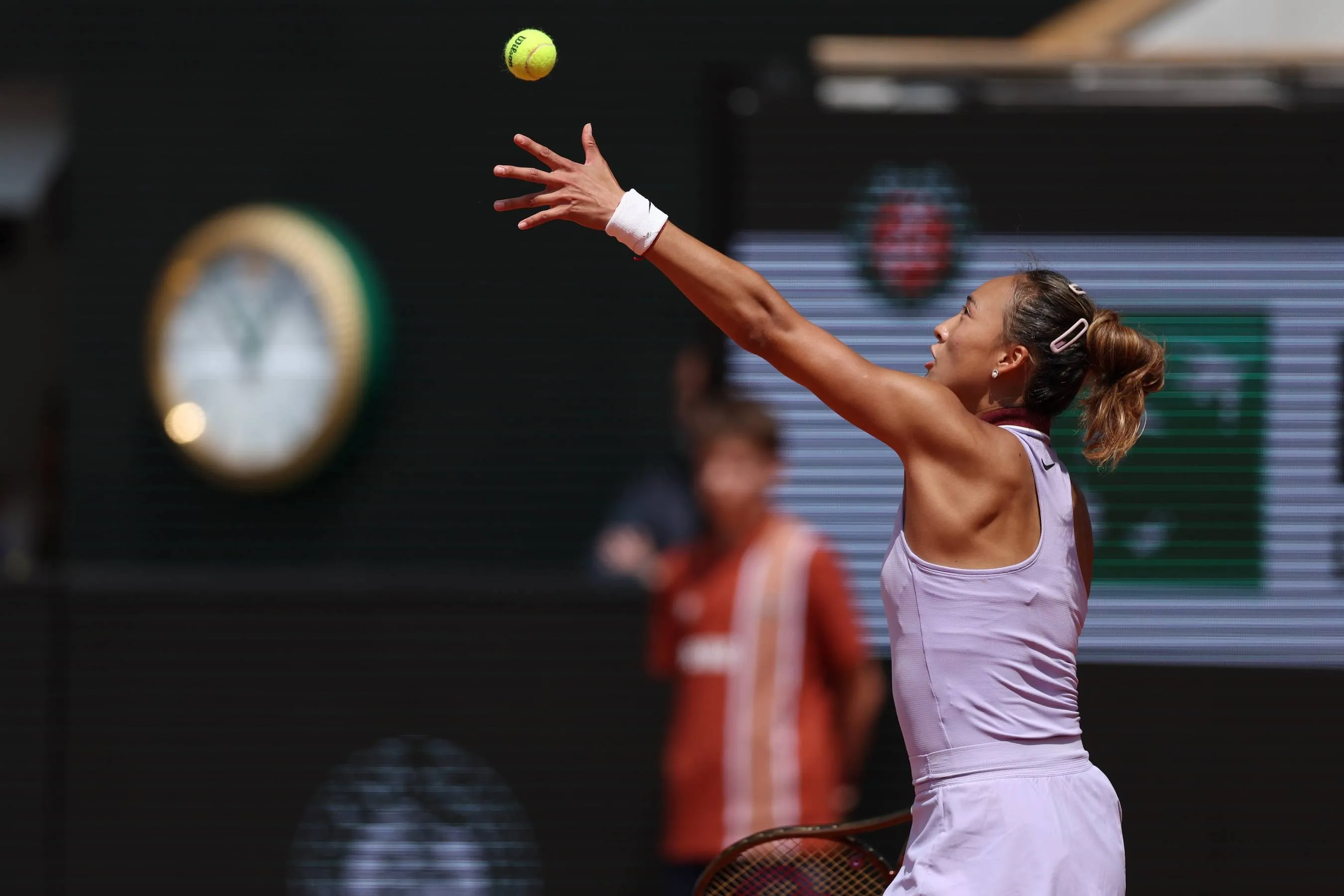String Types Explained: Gut, Multifilament & Polyester: What’s the Difference?
TennisSaturday, 14 October 2023 at 08:00

The type of string in your racket can make a huge difference in how it performs, but just what is the difference between synthetic guts, guts, multifilaments and polyesters, and what impact can it have on your game?
“Synthetic gut” strings are generally made from a solid nylon core, with a nylon outer wrap. This type of string has existed for many years, and serves as a cheaper, slightly tougher alternative to natural gut strings.
They have similar characteristics, but the performance is not quite the same. The quality of synthetic guts can vary a lot from brand-to-brand, but the option best favoured by most stringers in Prince Synthetic Gut (with and without “Duraflex”).
Toalson Synthetic Tournament is a more cost-effective alternative to the Prince string, particularly since it is also made in Japan. Multifilament strings are more complex and are made up of many synthetic fibres.
These strings come at a greater expense to synthetic guts, but more closely mimic the characteristics of natural gut – Tecnifibre X1 Biphase and Isospeed Professional being prime examples of this, and the former of which has been used in the past as a natural gut alternative by Novak Djokovic.
Other high-performance multifilament strings include Babolat X-Cel, Yonex Rexis and Prince Premier Touch. Natural gut will have superior performance and feel to the synthetic guts and the aforementioned multifilaments.
Read also
It’s similar, but a far more premium option – hence why it’s always been favoured by the top professionals over the synthetic alternatives, as they are seeking improved performance from their rackets at any expense.
Expense is the key word when discussing natural gut. Sets of Babolat VS Gut cost over $50.00 before stringing fees, which is a lot for a string that offers poor durability – especially in today’s spin-intensive game.
The string is not suitable for those who compete in a damp or humid climate, as the natural fibres will break apart in the presence of water. Today, monofilament polyester tennis strings are all the rage. Polyester strings have their origins as a highly durable alternative to conventional multifilament and gut strings, and while this characteristic is still relevant today, players discovered the properties of the stiffer polyester strings allowed for greater access to spin, whilst retaining a high degree of control at lower tensions – bringing whole new power and versatility to baseline play.
The result: Most professional players incorporated polyester tennis strings into their setups by the 2000s. While the polyesters of today are different to the unforgiving earlier generations, there are some characteristics that are still difficult to overcome.
For one, the high stiffness and very low elasticity of polyester strings can make for an underpowered and injury-risky setup, without a significant drop in tension first. The tension and elasticity maintenance is far inferior to that of gut and multifilament strings, with many polyesters dropping out of optimal performance after just a couple of hours’ play, or even just sitting under tension in the racket.
It’s for this reason many professionals utilising polyester strings request their rackets strung right before they head on court – to compete with the strings in their best state, right off the stringing machine. Given the very different properties of polyester strings, as a stringer I often recommend hybrid setups to my customers, in which both a polyester and gut/multifilament string is combined on the same stringbed.
This way, many of the benefits polyester strings offer can be provided in a stringbed that is much livelier and more forgiving, resulting in a versatile racket that offers all-around play. It’s a popular option amongst the highest levels of tennis also, with Roger Federer, Novak Djokovic and Andy Murray all opting for a hybrid of Luxilon ALU Power and Natural Gut.
Read also
Loading







